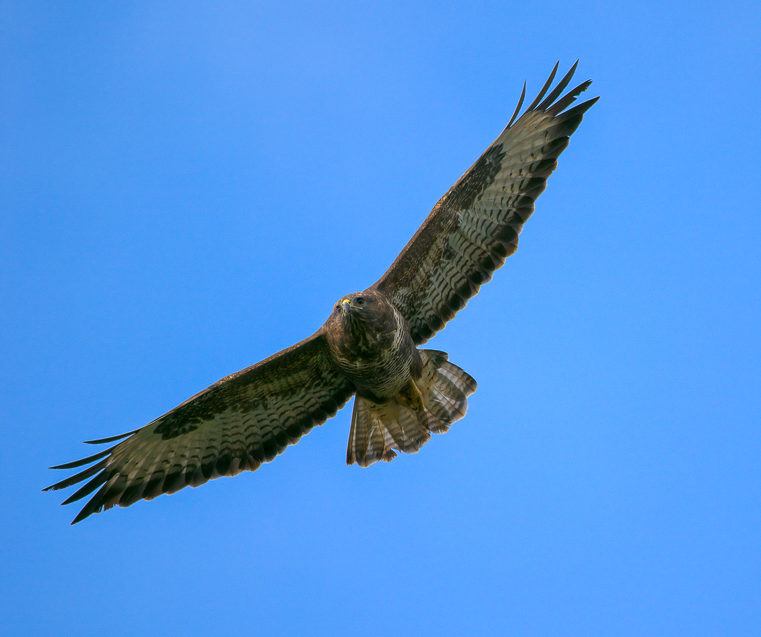Counting and conserving bird life at Earth Trust
Last year saw the completion of River of Life II, a project which added 46,000m2 of wetland, further supporting birds and other wildlife such as otters, as well as mitigating the effects of climate change.
As River of Life II progressed and new farming techniques continue to be trialled and developed, nature’s constant ebb and flow through the seasons continued. Migratory species have been arriving and departing, making the most of the UK’s climate for feeding and breeding.
Birds are a great indicator species of healthy landscapes, and counting is a simple way to see the effect of conservation schemes – especially at this time of year.
What have we seen at the wetlands?
At River of Life II, volunteer surveyors undertook an initial bird count last summer shortly after the very first ponds were completed. Even in these early stages, they counted over a hundred greylag geese alongside Canada geese, black-headed gulls, lapwings, tufted and mandarin ducks. Volunteers and staff working on site have since reported multiple sightings of herons (pictured above), kingfishers and kestrels amongst others.
We anticipated that our species count would grow through the autumn and winter as birds such as golden plover, snipe and redshank joined UK flocks from the north and east for the milder climate and abundance of food. Our survey teams are now completing their winter reports, so we’ll be able to share more on these soon.
Farmland birds

A buzzard pictured flying over Earth Trust spaces. Credit and thanks to Gemma Warr.
Meanwhile, this year we also took part in the Big Farmland Bird Count. Over 1,500 farmers join in the bird count every February, with more than a hundred species often reported. This survey is particularly important for monitoring the conservation of many declining farmland species, which have often suffered as a result of more intensive or changing farming methods.
Fields near the Earth Trust Centre were monitored for the 30 minute count, and our team were pleased to start with 16 yellowhammers on the stubble.
Other Birds of Conservation Concern, including 14 skylarks, starlings and a linnet, were counted alongside more common robins, rooks, buzzards and kites. In all, 115 birds of 20 different species were recorded. These results have been submitted to The Big Farmland Bird Count, and alongside results from other farms they’ll be used to evaluate how effective different conservation schemes are (find out more).
Sharing your sightings this spring
Wherever you are this spring, whether you’re watching from the window at home, in your local park or at a dedicated nature reserve, this is a great time to see which species you can spot as birds busily begin to nest. You might even see of the UK’s summer migrants beginning to arrive – check out some of our top spots for spring here. For help identifying the birds you’ve seen, the RSPB’s comprehensive guide includes over 400 species, or try out their bird song guide.
If you’d like to report your sightings, you can log them using BirdTrack, a collaborative project from some of Britain’s biggest bird conservation groups that looks at bird movement and distribution across Britain and Ireland. BirdTrack allows you to keep your own personal records of sightings, as well as contributing towards wider conservation efforts if you’d like to. To log your sightings, head to the British Trust for Ornithology’s (BTO) website and register an account, or you can use the free app. (If you’ve taken part in any other online survey organised by the BTO before then you can use your existing username and password.) Simply enter the details of where you were birdwatching, the time and date, and record the species you saw or heard.
We’d love to hear what you see this spring, too – let us know in the comments!